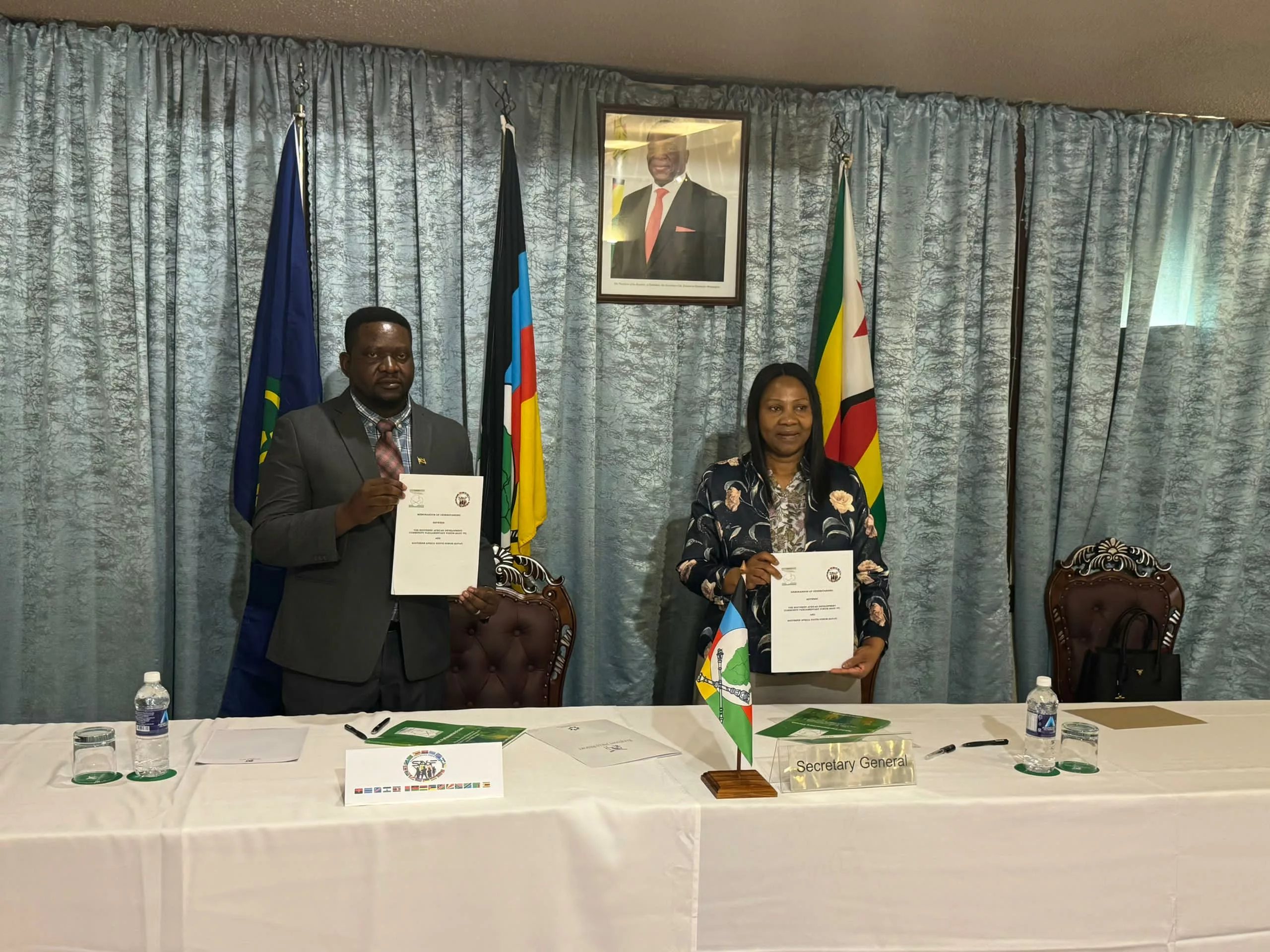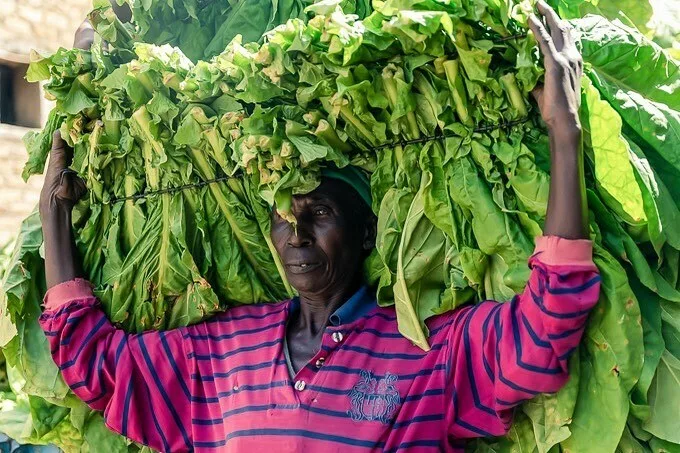By Charles Dhewa
African agriculture requires banks with a vision to invest in infrastructure which can be used by farmers to anchor production in ways that simplify loan repayment. For instance, Vision 2030 should have financial products that speak to a 10-year horizon. Financing inputs is just like providing consumer loans that do not have a growth path. In the event of drought inputs and all resources are wasted as farmers are not able to repay loans.
There is no longer any doubt that African agriculture requires long-term finance focusing on infrastructure starting from the markets. A fundamental question is: What are the infrastructure needs of the market. In much of Africa, more than 90% of commodities from smallholder farmers go through informal markets. Consequently, the infrastructure needs of smallholder farmers who are the majority of food producers in most African countries should be tracked and addressed.
The power of feeder roads
In as much as financial institutions and government programs can provide inputs to distant rural areas like Gokwe, Hurungwe, Muzarabani, and Rusitu, among others, in the case of Zimbabwe, poor road networks in these areas have negative implications on loan repayment as commodities produced by farmers fail to reach the market in a good state. Financial institutions should invest in road infrastructure including aggregation facilities in production zones. That investment can eventually evolve into a strong financial model built on numbers. Given that many smallholder farmers do not qualify to get big loans as individuals, investment in good feeder roads can enable tracking of commodity volumes, supply corridors, and their performance. This is critical in forging pathways for financing value chains.
Infrastructure as a foundation
Building a firm foundation for transformative agriculture should see financial institutions investing in dam construction and borehole drilling at farmer level. This can also be a pathway for weaning off farmers to be self-depended and release pressure from depending on loans or unfavourable contract farming arrangements. Starting with inputs and operational costs when there is no foundation is not the correct way of investing in agriculture. Productivity is driven by the infrastructure which enables farmers to utilize water, pastures and other resources. A strong production sector is driven by sound infrastructure.
Institutional arrangements for financing the Bottom of the Pyramid
To the extent traditional forms of collateral have become a barrier to financial inclusion and unlocking the value of African agriculture, the Bottom of the Pyramid can only be financed through institutional arrangements or under an institutional umbrella-like mass markets whose contribution to economic growth and nutrition security is now beyond question but are not being supported financially.
There is a definite need for sustainable financing models to support informal markets as public institutions. Acting as a broker, such an institution can provide technical assistance to market operations along business lines as more of project managers. On the other hand, there is scope for strengthening relationships between local authorities like municipalities and banks. While some local authorities could be accessing bank loans to buy water treatment chemicals, they are not getting loans for revamping food markets which are viable sources of revenue.






